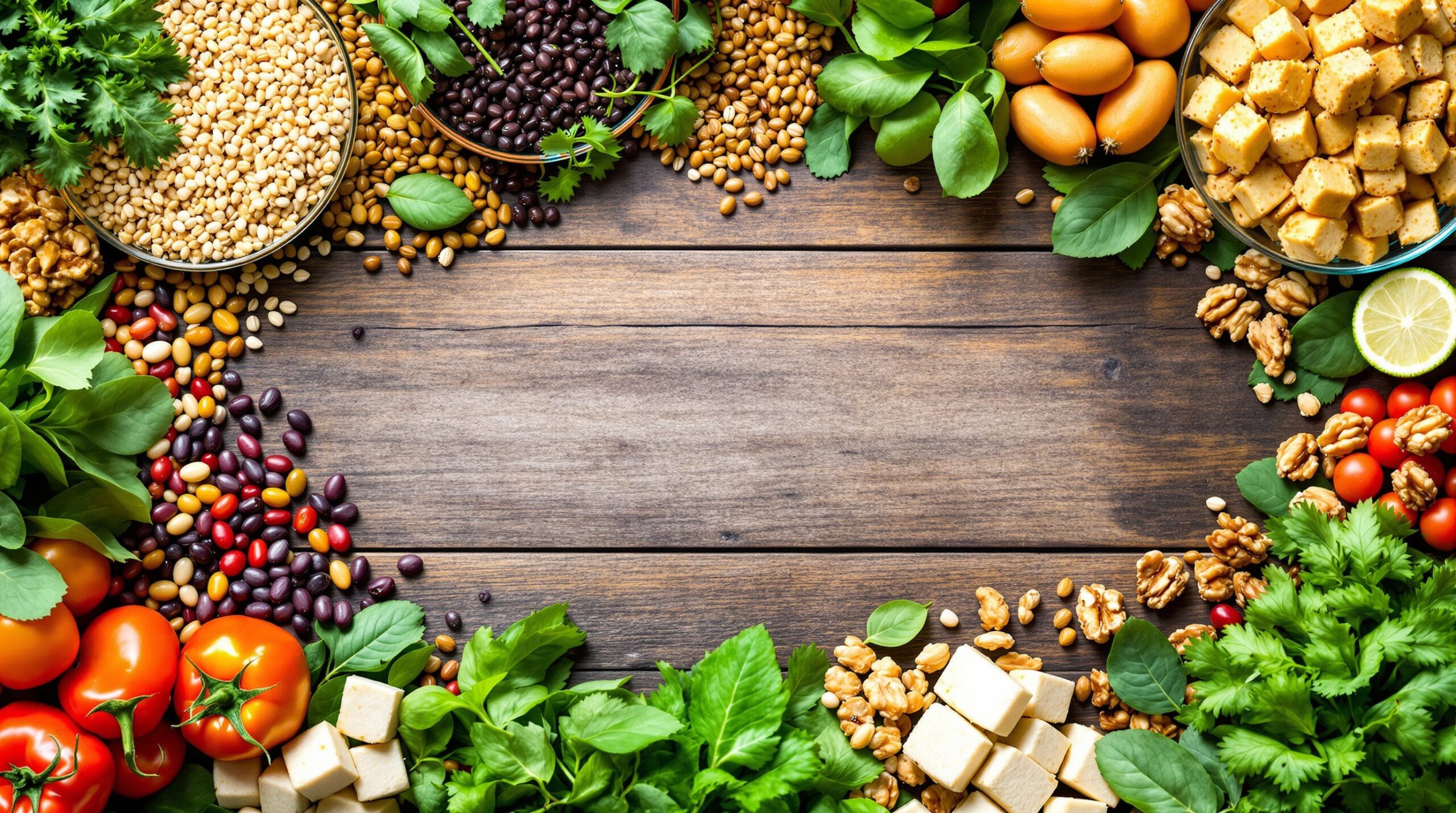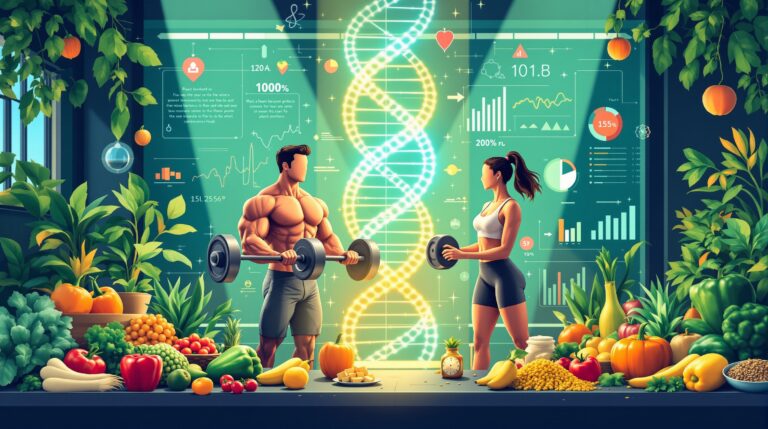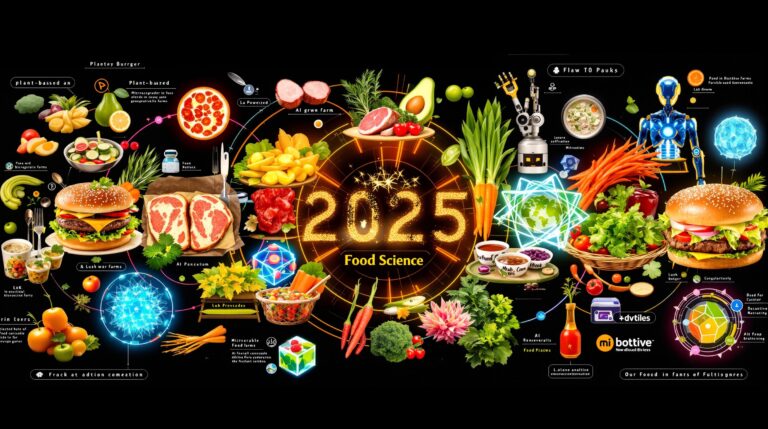10 Fascinating VEG Food Science Facts Every Content Writer Should Know
Fascinating VEG Food Science Facts
Introduction
Plant-based diets have surged in popularity, driven by health, environmental, and ethical concerns. As a content writer in the vegan niche, understanding the science behind vegetarian and vegan (VEG) foods empowers you to create compelling, authoritative content. VEG food science explores how plant-based foods deliver essential nutrients, support sustainability, and transform culinary arts. This listicle uncovers 10 fascinating facts about VEG food science, blending cutting-edge research with practical insights for a science-savvy audience. Let’s dive into the molecular magic of plants!
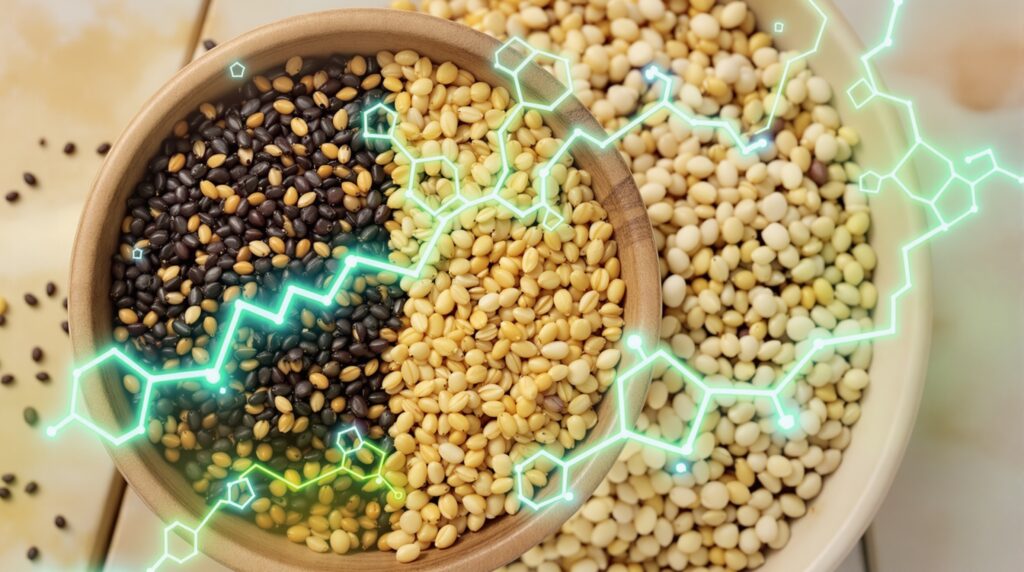
1. Plants Pack Complete Proteins
Contrary to myths, many plant-based foods provide complete proteins containing all nine essential amino acids. Quinoa, soy, and hemp seeds stand out as nutritional powerhouses. For instance, tofu offers 10 grams of protein per 100 grams, rivaling animal-based sources. Combining complementary proteins, like rice and beans, also ensures a full amino acid profile.
Science Insight: A 2023 study in The Journal of Nutrition confirms that well-planned vegan diets meet protein needs across all age groups.
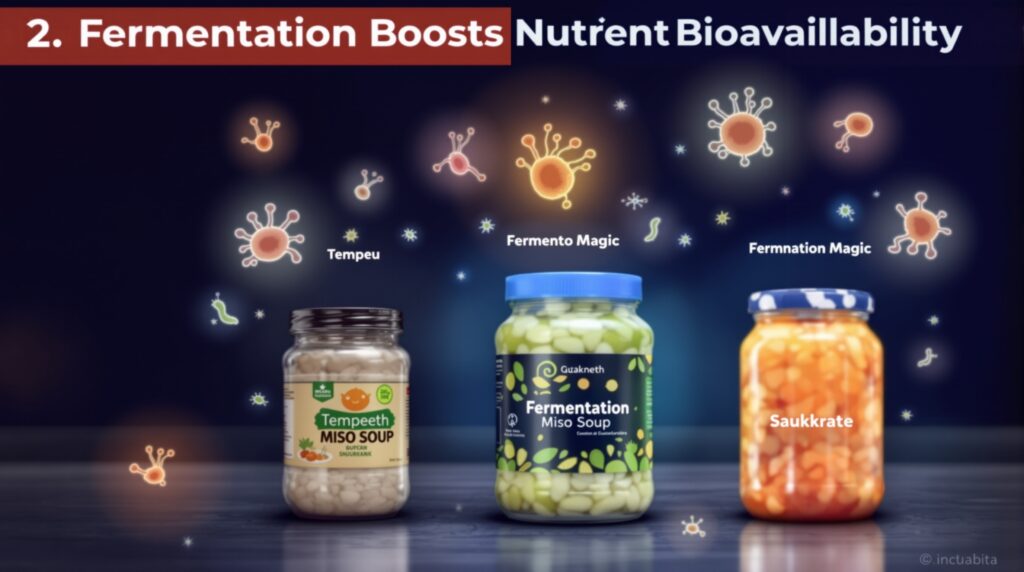
2. Fermentation Boosts Nutrient Bioavailability
Fermented VEG foods like tempeh, miso, and sauerkraut enhance nutrient absorption. During fermentation, microbes break down anti-nutrients like phytic acid, unlocking minerals such as iron and zinc. For example, fermented soy products increase vitamin B12 bioavailability, a critical nutrient for vegans.
Science Insight: Fermentation increases isoflavone absorption in soy, linked to improved heart health, per a 2024 study in Food Chemistry.
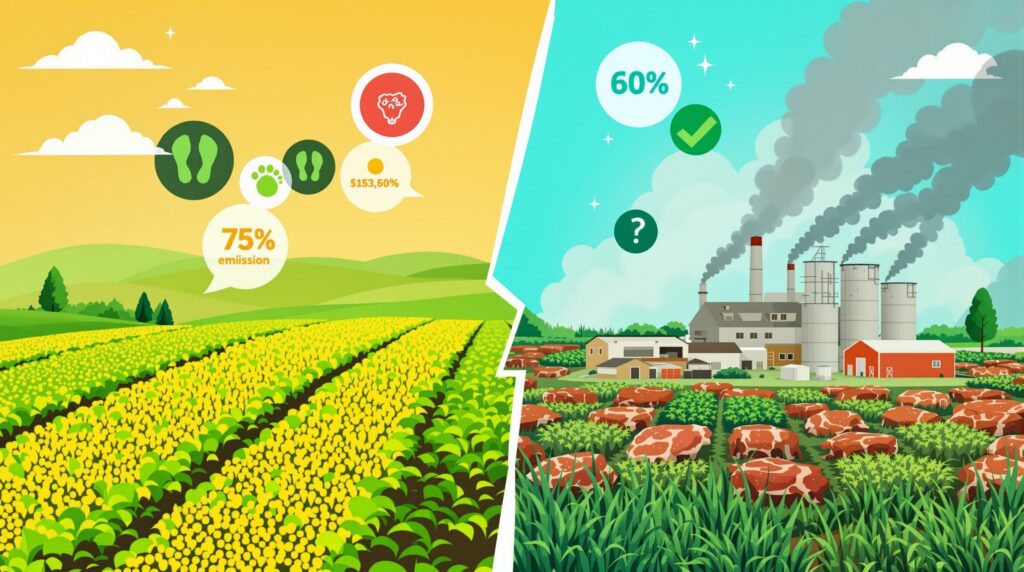
3. Plant-Based Diets Slash Carbon Footprints
VEG food science intersects with environmental science. Producing plant-based foods generates significantly lower greenhouse gas emissions than animal agriculture. For instance, lentils produce 0.9 kg CO2 per kg, compared to beef’s 60 kg CO2 per kg.
Science Insight: A 2025 Nature Sustainability report highlights that vegan diets reduce land use by 75% compared to omnivorous diets.
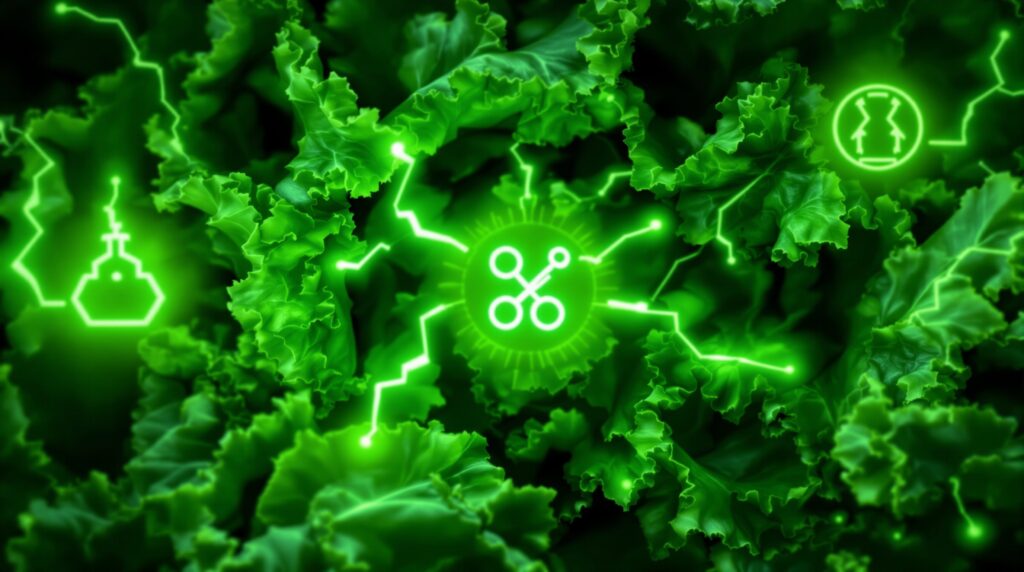
4. Chlorophyll Fuels Detoxification
Chlorophyll, the green pigment in leafy vegetables, acts as a natural detoxifier. It binds to toxins and heavy metals, aiding their elimination from the body. Spinach and kale, rich in chlorophyll, also deliver antioxidants that combat oxidative stress.
Science Insight: Research in Environmental Health Perspectives (2023) links chlorophyll consumption to reduced liver toxicity in high-fat diets.
5. Legumes Rival Meat in Iron Content
Legumes like lentils, chickpeas, and black beans offer substantial iron, critical for oxygen transport. One cup of cooked lentils provides 6.6 mg of iron, nearly half the daily requirement for adults. Pairing legumes with vitamin C-rich foods, like bell peppers, boosts absorption.
Science Insight: A 2024 meta-analysis in Nutrients confirms that plant-based iron sources, when combined strategically, prevent deficiencies effectively.
6. Vegan Omega-3 Sources Outshine Fish
Algae-based supplements and foods like flaxseeds and walnuts provide omega-3 fatty acids, essential for brain and heart health. Unlike fish, these sources avoid environmental toxins like mercury. One tablespoon of flaxseed oil delivers 7.2 grams of ALA, a key omega-3.
Science Insight: A 2025 study in Frontiers in Nutrition shows algae-derived DHA matches fish oil’s efficacy for cardiovascular health.
7. Plant Cell Walls Enhance Gut Health
Plant-based foods contain dietary fiber from cell walls, promoting gut microbiota diversity. Fiber in oats, apples, and carrots feeds beneficial bacteria, producing short-chain fatty acids that reduce inflammation.
Science Insight: A 2023 Gut Microbes study links high-fiber vegan diets to lower risks of inflammatory bowel disease.
8. Vegan Foods Mimic Meat Through Science
Food scientists use plant proteins to replicate meat’s texture and flavor. Techniques like high-moisture extrusion create products like Beyond Meat, blending pea protein, coconut oil, and beet juice for a meat-like experience.
Science Insight: A 2024 Journal of Food Science article details how extrusion mimics myofibrillar structures in meat.
External Link: Journal of Food Science for food technology.
9. Vitamin B12 Fortification Solves Vegan Challenges
Vitamin B12, primarily found in animal products, poses a challenge for vegans. However, fortified foods like nutritional yeast and plant milks provide reliable B12 sources. Two tablespoons of nutritional yeast deliver 7.8 µg, exceeding daily needs.
Science Insight: A 2025 American Journal of Clinical Nutrition study endorses fortified foods for preventing B12 deficiency in vegans.
10. Plant-Based Diets Support Longevity
VEG diets correlate with longer lifespans due to lower risks of chronic diseases. Blue Zones, regions with high centenarian populations, emphasize plant-heavy diets rich in legumes, greens, and whole grains.
Science Insight: A 2024 Lancet Healthy Longevity study links plant-based diets to a 20% lower risk of cardiovascular mortality.
Conclusion
VEG food science reveals the remarkable potential of plant-based diets to nourish, sustain, and innovate. From complete proteins to environmental benefits, these 10 facts equip content writers with evidence-based insights to craft compelling narratives. Use this knowledge to create engaging, science-backed content that resonates with your audience and ranks high on Google.

